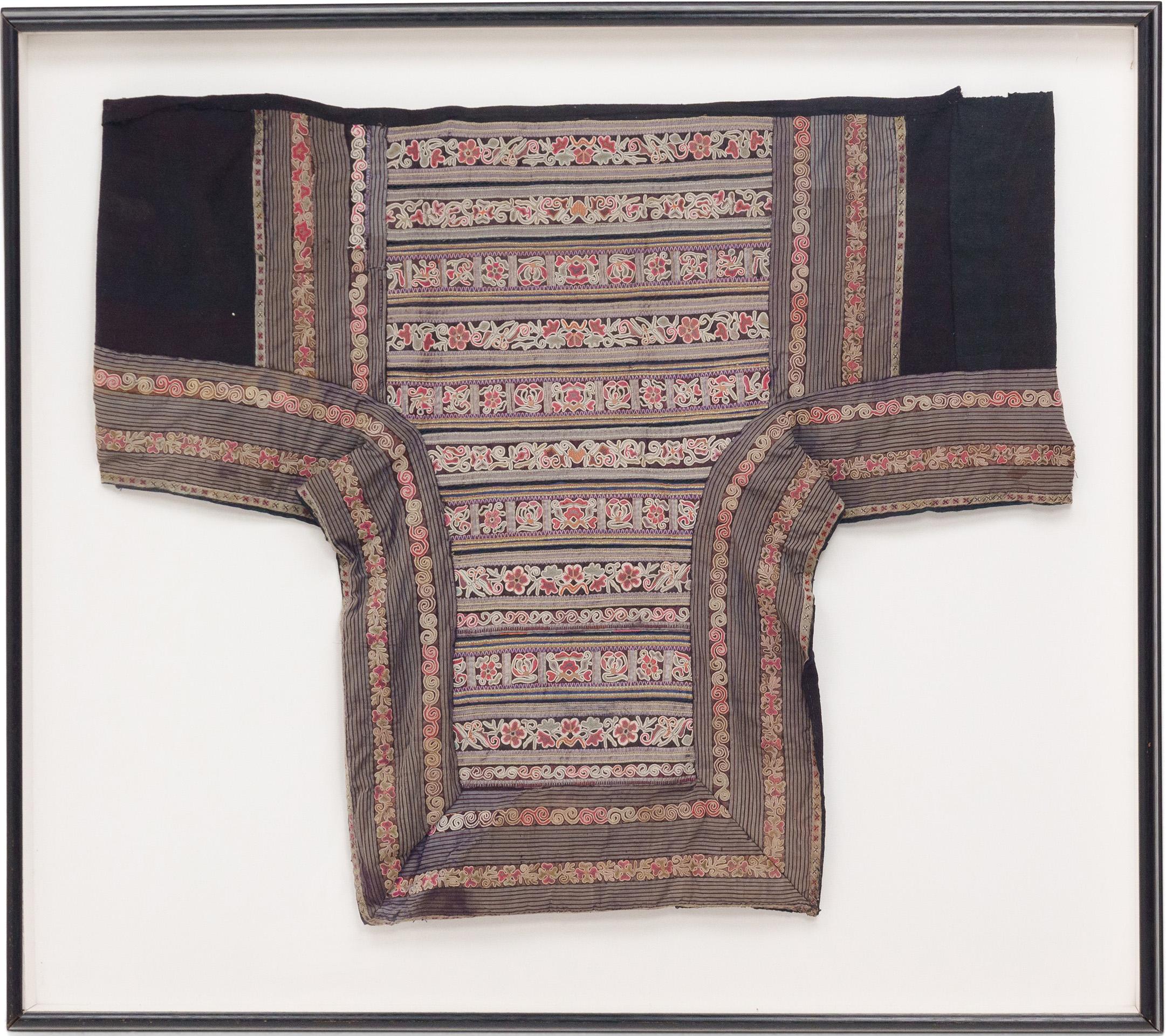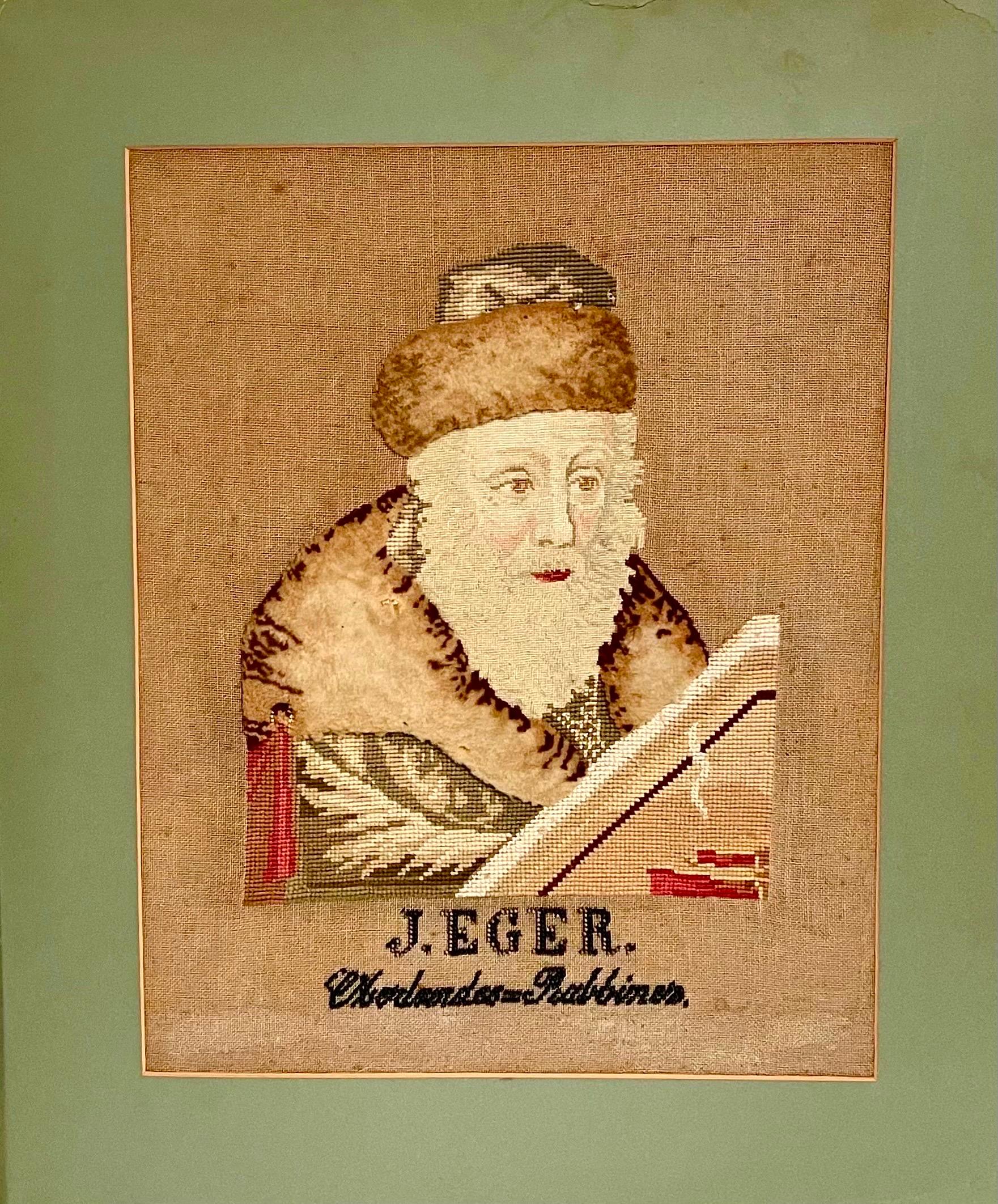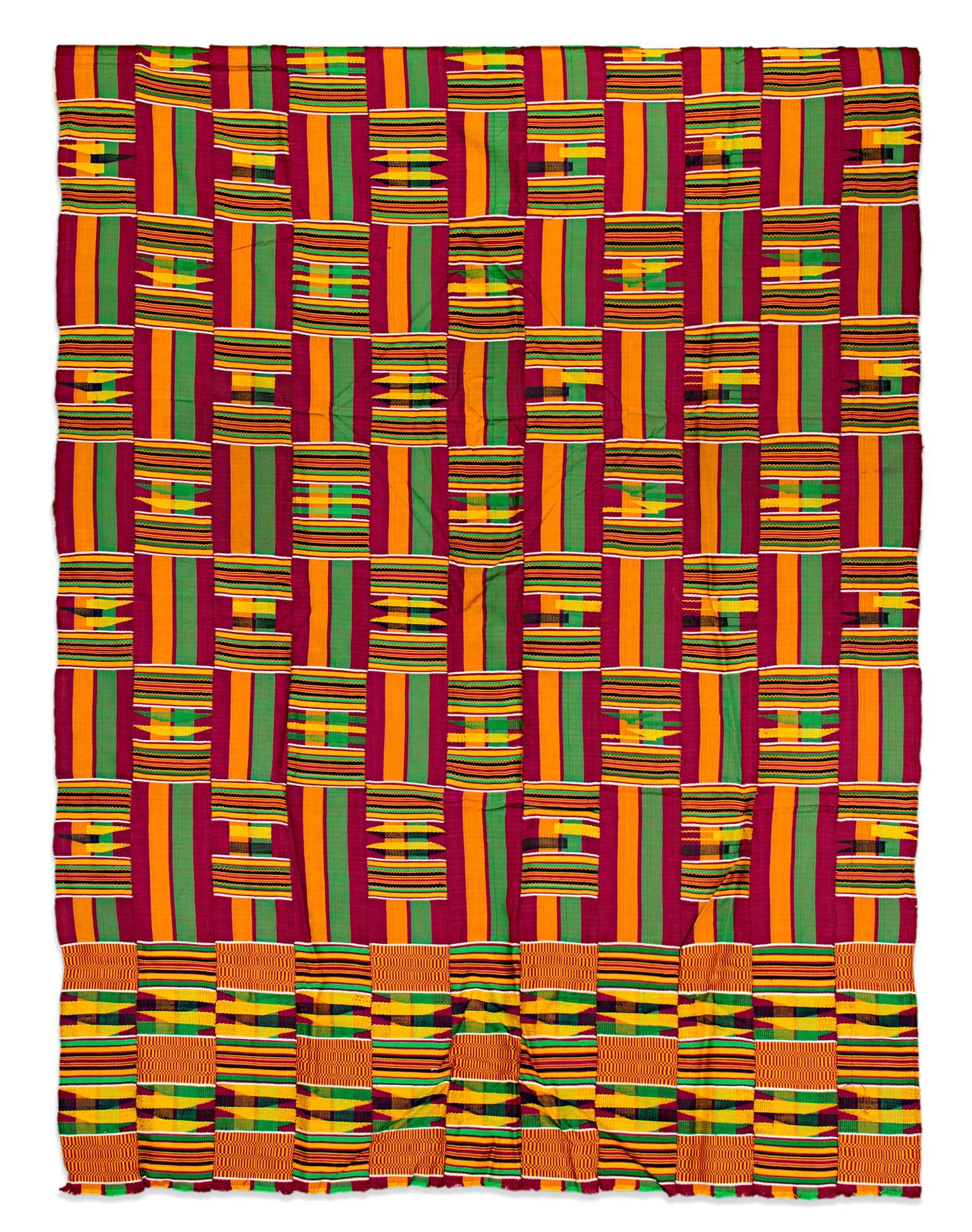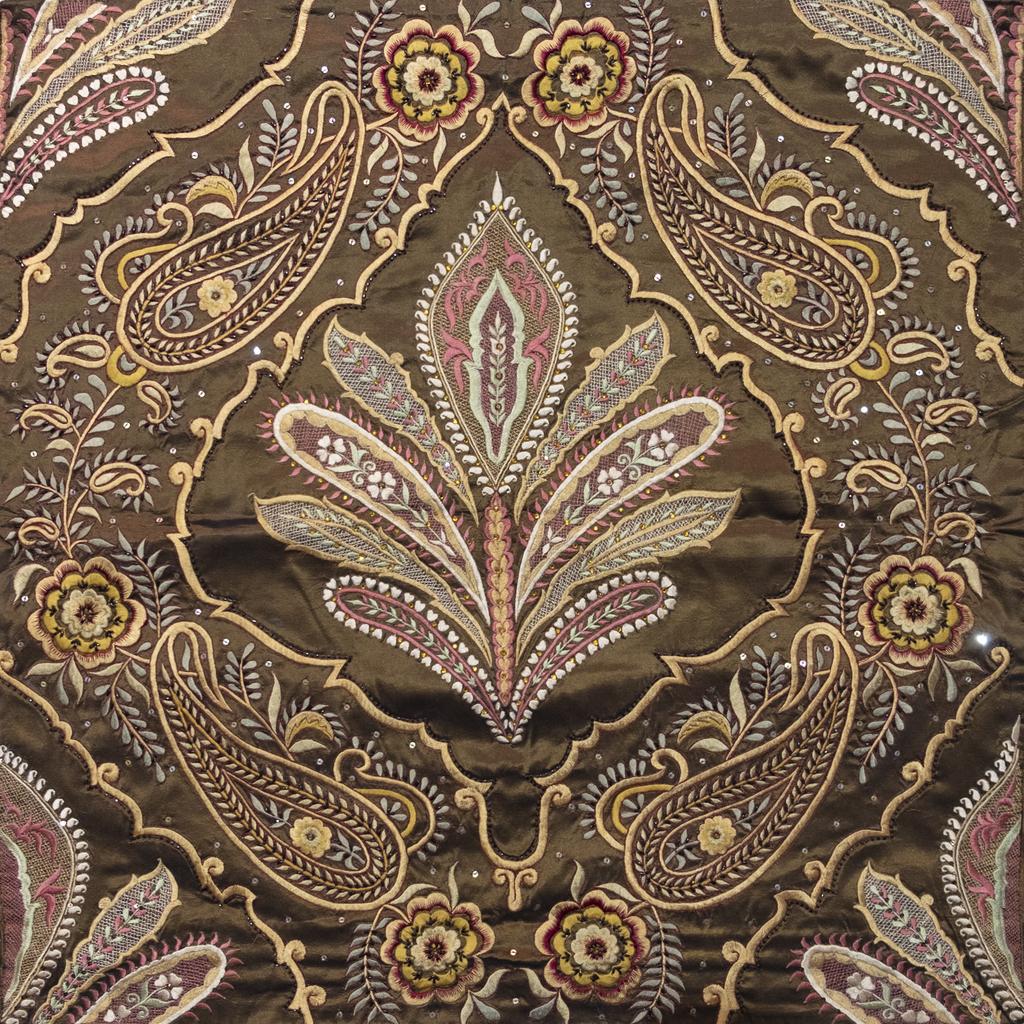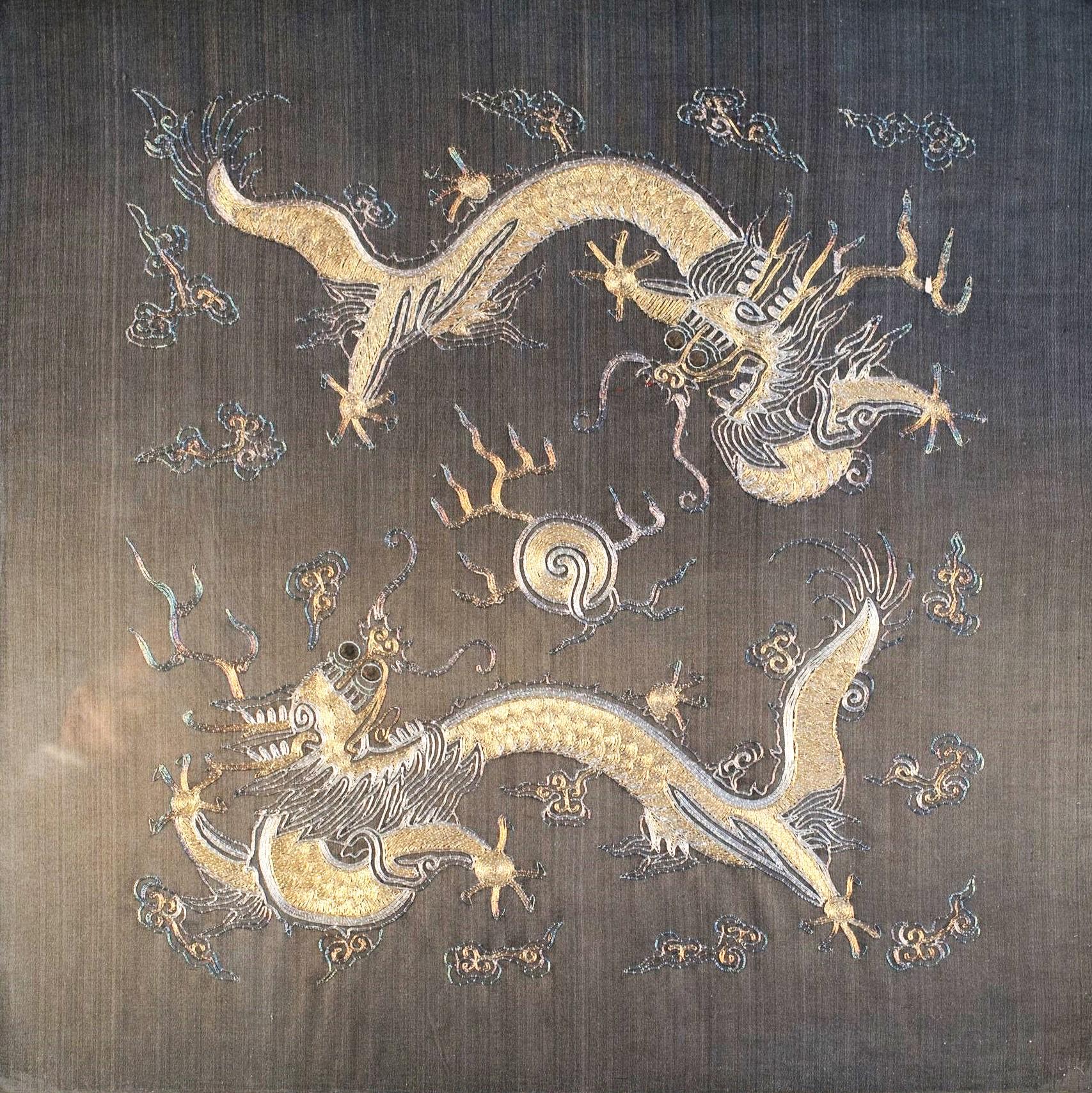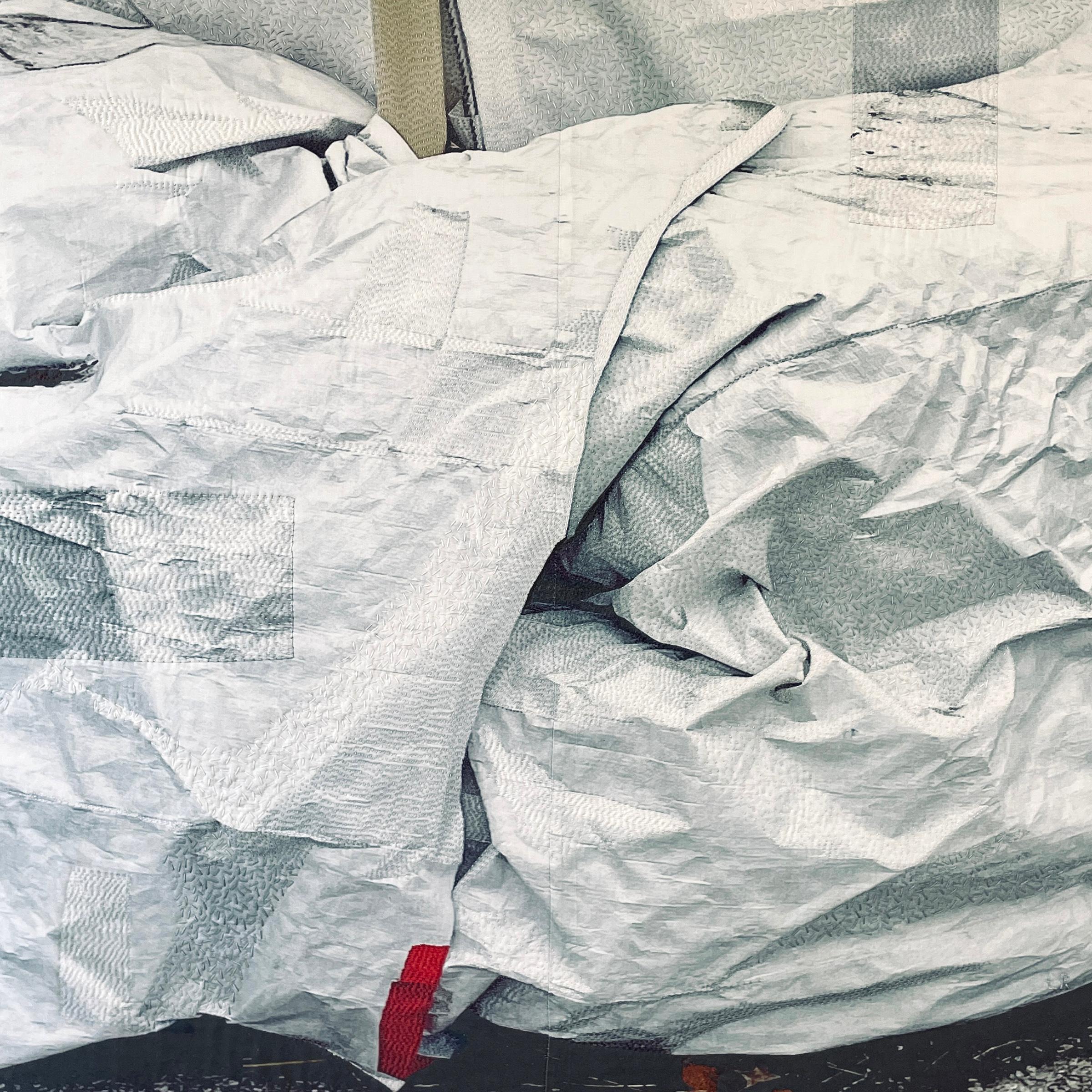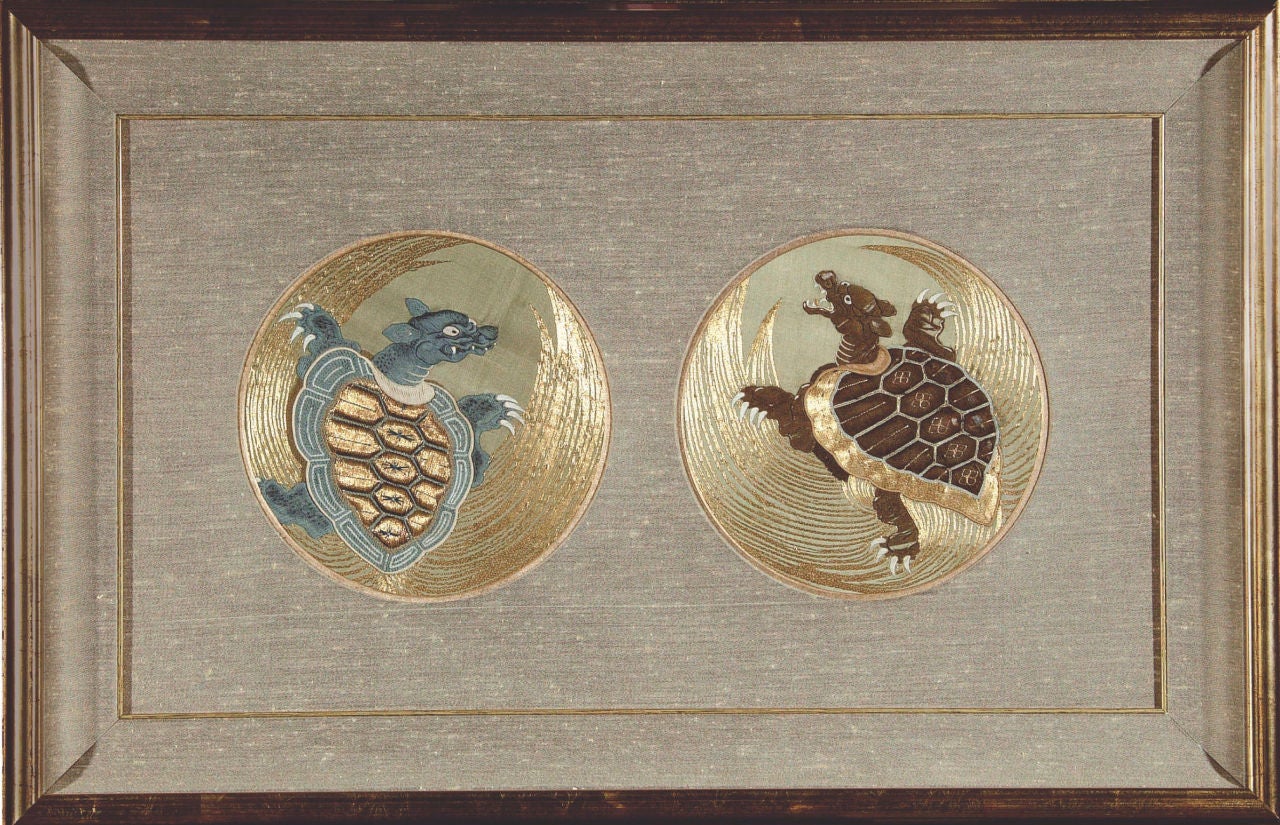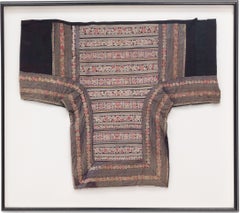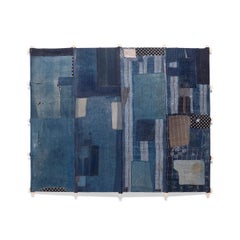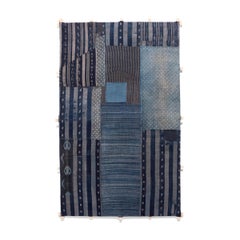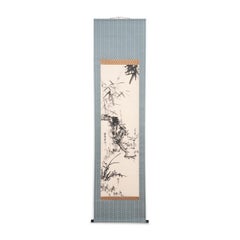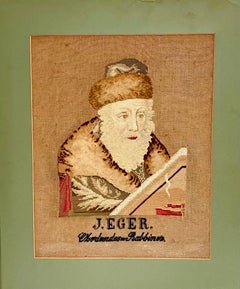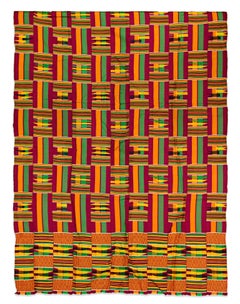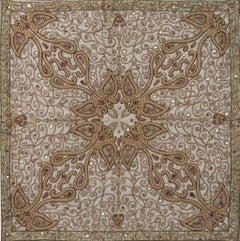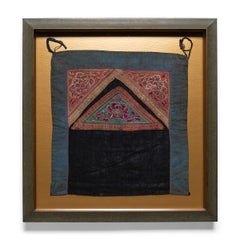
Embroidered Baby Carrier Miao Minority Textile, c. 1850
View Similar Items
Want more images or videos?
Request additional images or videos from the seller
1 of 5
UnknownEmbroidered Baby Carrier Miao Minority Textile, c. 1850c. 1850
c. 1850
About the Item
- Creation Year:c. 1850
- Dimensions:Height: 21.75 in (55.25 cm)Width: 20.5 in (52.07 cm)Depth: 2 in (5.08 cm)
- Medium:
- Movement & Style:
- Period:
- Condition:
- Gallery Location:Chicago, IL
- Reference Number:Seller: CMPZ0041stDibs: LU1036310794252
About the Seller
5.0
Vetted Professional Seller
Every seller passes strict standards for authenticity and reliability
1stDibs seller since 2018
30 sales on 1stDibs
Authenticity Guarantee
In the unlikely event there’s an issue with an item’s authenticity, contact us within 1 year for a full refund. DetailsMoney-Back Guarantee
If your item is not as described, is damaged in transit, or does not arrive, contact us within 7 days for a full refund. Details24-Hour Cancellation
You have a 24-hour grace period in which to reconsider your purchase, with no questions asked.Vetted Professional Sellers
Our world-class sellers must adhere to strict standards for service and quality, maintaining the integrity of our listings.Price-Match Guarantee
If you find that a seller listed the same item for a lower price elsewhere, we’ll match it.Trusted Global Delivery
Our best-in-class carrier network provides specialized shipping options worldwide, including custom delivery.More From This Seller
View AllEmbroidered Miao Baby Carrier Textile
Located in Chicago, IL
The connection between love and embroidery is nowhere stronger than among the minority peoples of China. Hand-stitched by a mother herself or gifted by the women in her family, the t...
Category
Early 20th Century Folk Art Mixed Media
Materials
Cotton, Silk, Thread
"Boroboro II, " Mixed-Media Kite
By Michael Thompson
Located in Chicago, IL
Chicago-based artist Michael Thompson creates unique kites crafted from split bamboo frames covered with stretched muslin and a collage of vintage Asian ephemera—including fragments of fabric, scrolls, drawings, and books collected during his travels.
This kite entitled "Boroboro II" is patterned with a patchwork of Japanese cotton...
Category
21st Century and Contemporary Abstract Mixed Media
Materials
Muslin, Wood, Cotton, Thread, Dye
"Boro, " Mixed-Media Kite
By Michael Thompson
Located in Chicago, IL
Chicago-based artist Michael Thompson creates unique kites crafted from split bamboo frames covered with stretched muslin and a collage of vintage Asian ephemera—including fragments of fabric, scrolls, drawings, and books collected during his travels.
This kite entitled "Boro" is patterned with Japanese indigo-dyed fabric scraps, sewn together to form a patchwork of contrasting patterns and shades of blue. The kite's design recreates the traditional practice of Boro stitching...
Category
21st Century and Contemporary Abstract Mixed Media
Materials
Cotton, Muslin, Thread, Wood, Dye
Korean Hanging Scroll of Bamboo, Prunus, and Orchids
Located in Chicago, IL
This Korean hanging scroll from the mid-20th century honors traditional calligraphy painting with delicate detail and a refined composition, thought to inspire clear and concise thinking. Expressing the beauty and resilience of nature’s flora, ink calligraphy artists traditionally select plants and flowers as the subjects of their works, each chosen for its auspicious meaning, literary resonance, or scholarly virtue.
This particular example depicts a quiet natural landscape of three plants growing side-by-side along a rocky hill. Strong bamboo stalks sway above a branch of delicate prunus branches, while elegant orchids blossom in the foreground. Each painted by a different artist, these sacred plants represent the cycle of the seasons: the plum blossom for winter, the orchid for spring, and the bamboo for summer. Brushed with black ink for a monochromatic expression, the painting relies on value rather than color to convey depth and texture within this simple setting. The collaborative painting is contrasted by a beautiful blue silk brocade border woven with a repeating pattern of blossoms and vines.
Each plant is signed individually in ink along with the artist’s seal.
Painting has been remounted. Includes a wooden scroll...
Category
Mid-20th Century Folk Art Landscape Drawings and Watercolors
Materials
Silk, Paper, Ink
Korean Buddhist Guardian Mural Taenghwa Painting, c. 1800
Located in Chicago, IL
Evolving from the Korean tradition of tomb mural painting came the Buddhist practice of “taenghwa,” or hanging-painting, a form of religious painting that included hanging scrolls, framed paintings and wall murals. Influenced by Chinese and Central Asian Buddhist art...
Category
19th Century Folk Art Figurative Paintings
Materials
Cotton, Paint, Pigment
Framed Hmong Appliqué Textile Fragment
Located in Chicago, IL
Dating to the mid-20th century, this colorful Hmong textile is a classic example of the appliqué technique used for the traditional cloth known as paj n...
Category
Mid-20th Century Folk Art More Art
Materials
Textile
You May Also Like
Hungarian Rabbi Akiba Eger 19thC Judaica Folk Art Tapestry Needlepoint Sampler
Located in Surfside, FL
Dimensions board backing is 2 X 18.5 board opening is 16.5 X 13 inches
19th Century framed tapestry of a Rabbi, embroidered sampler, with beaded script below. (it reads J. Eger Oberlandes Rabbiner or Oberlander Rabbiner) There is some sort of texture and dimension to his fur hat (Shtreimel) and coat collar. This is being sold without the frame..
Rabbi Akiba Eger (5521-5598; 1761-1838)
Rabbi Akiba Eger was one of the greatest scholars of his time, who had a great influence on Jewish life. He was born in Eisenstadt, Hungary, in the year 5521 (1761), nearly two hundred years ago. The city of his birth was a seat of learning for centuries, and his family was a family of scholars and Rabbis.Rabbi Akiba Eger, who was Rabbi in the famous community of Pressburg (also Hungary, but since 1913 it belonged to Czechoslovakia and was called Bratislava). He was invited to become Rabbi of the famous city of Posen, and in fact became the chief rabbi of the entire Posen province, though he did not carry that title. His famous son-in-law, Rabbi Moshe Sofer (known as the 'Chasam Sofer'), Rabbi of Pressburg, who had married Rabbi Akiba Eger's daughter. King Frederick III of Prussia honored him with a special medal. Rabbi Akiba Eger was recognized as a great authority on Jewish law, and many well known rabbis and Jewish leaders turned to him for advice and decisions on points of law.
"This sort of art, craft work, emerges from a long tradition of Jewish folk art...
Category
Early 1900s Folk Art More Art
Materials
Wool, Mixed Media, Thread
"Kente Cloth Ashanti Tribe, Ghana, " Silk and Cotton Weaving created circa 1970
Located in Milwaukee, WI
This silk and cotton fabric was made by an unknown Ashanti artist. It features green and orange accents. The Ashanti are a major ethnic group of the Akans in Ghana, a fairly new nation, barely more than 50 years old. Ghana, previously the Gold Coast, was a British colony until 1957. It is now politically separated into four main parts. Ashanti is in the center and Kumasi is the capital.
The Ashanti have a wide variety of arts. Bark cloth was used for clothing before weaving was introduced. With weaving, there is cotton and silk. Women may pick cotton...
Category
1970s Folk Art More Art
Materials
Cotton, Silk
Jaali: Kairi (Paisley) - Embroidered Tapestry Wall Hanging
Located in Asheville, NC
Jaali' of Urdu origin meaning netting, is an ornamental open work originally crafted on wood, metal and stone for interiors. A significant feature of Indo-Islamic art, the Jaali is an intricate pattern ranging from delicate trellises to complex floral layouts.
The wall panels depict the interlacing design of the Jaali in mid earth tones on silk. The compositions of flowers and the paisley are embroidered in thread with subtle highlightes of shine.
A note on handmade:
A handmade product is always appealing due to the irregularities in its workmanship. This is what sets it apart from machine made or computerized; the perfection they offer feels synthetic or artificial. Especially when one speaks of art and craft.
These wall panels are works of hand worked embroideries. Imperfections such as an occasional puckering of the base material are expected with the kind of embroidery stitches used.
You are assured these artworks are embroidered by highly skilled artisans (it is not possible for craftsmen of lesser experience to create these pieces) The materials used for the embroideries are of superior quality only.
About: Shabbir Merchant...
Category
2010s Other Art Style Mixed Media
Materials
Fabric, Tapestry, Thread, Yarn, Textile, Silk
$1,000 Sale Price
20% Off
Jamavar: Ecru - Embroidered Tapestry Wall Hanging
Located in Asheville, NC
Jamavar
The Jamavar of Kashmir is an exquisite heritage textile of India. The original Jamavar was a yard-long shawl of pashmina wool with delicate patterns handwoven in multicolored silk weft threads. Its authentic designs are finely intricate, imparting gentle aristocracy with its most outstanding and popular motif being the elongated teardrop, originally called 'buteh'. The 'buteh' is what one now recognizes as the 'paisley'.
These artworks are compositions of the timeless 'buteh' of the Jamavar. The wall panels are embroidered with fine thread cords couched along the pattern.
A note on handmade:
A handmade product is always appealing due to the irregularities in its workmanship. This is what sets it apart from machine made or computerized; the perfection they offer feels synthetic or artificial. Especially when one speaks of art and craft.
These wall panels are works of hand worked embroideries. Imperfections such as an occasional puckering of the base material are expected with the kind of embroidery stitches used.
You are assured these artworks are embroidered by highly skilled artisans (it is not possible for craftsmen of lesser experience to create these pieces) The materials used for the embroideries are of superior quality only.
About: Shabbir Merchant...
Category
2010s Other Art Style Mixed Media
Materials
Metal, Gold
Jaal - Kairi (Paisley) - Velvet Edition - Embroidered Tapestry Wall Hanging
Located in Asheville, NC
Jaali:
Jaali' of Urdu origin meaning netting, is an ornamental open work originally crafted on wood, metal and stone for interiors. A significant feature of Indo-Islamic art, the Jaali is an intricate pattern ranging from delicate trellises to complex floral layouts.
The wall panels depict the interlacing design of the Jaali in mid earth tones on silk. The compositions of flowers and the paisley are embroidered in thread with subtle highlightes of shine.
A note on handmade:
A handmade product is always appealing due to the irregularities in its workmanship. This is what sets it apart from machine made or computerized; the perfection they offer feels synthetic or artificial. Especially when one speaks of art and craft.
These wall panels are works of hand worked embroideries. Imperfections such as an occasional puckering of the base material are expected with the kind of embroidery stitches used.
You are assured these artworks are embroidered by highly skilled artisans (it is not possible for craftsmen of lesser experience to create these pieces) The materials used for the embroideries are of superior quality only.
About: Shabbir Merchant...
Category
2010s Other Art Style Mixed Media
Materials
Fabric, Tapestry, Thread, Yarn, Textile, Silk
Jaali: Phulwari (Flower Garden) - Embroidered Tapestry Wall Hanging
Located in Asheville, NC
Jaali:
Jaali' of Urdu origin meaning netting, is an ornamental open work originally crafted on wood, metal and stone for interiors. A significant feature of Indo-Islamic art, the Jaali is an intricate pattern ranging from delicate trellises to complex floral layouts.
The wall panels depict the interlacing design of the Jaali in mid earth tones on silk. The compositions of flowers and the paisley are embroidered in thread with subtle highlightes of shine.
A note on handmade:
A handmade product is always appealing due to the irregularities in its workmanship. This is what sets it apart from machine made or computerized; the perfection they offer feels synthetic or artificial. Especially when one speaks of art and craft.
These wall panels are works of hand worked embroideries. Imperfections such as an occasional puckering of the base material are expected with the kind of embroidery stitches used.
You are assured these artworks are embroidered by highly skilled artisans (it is not possible for craftsmen of lesser experience to create these pieces) The materials used for the embroideries are of superior quality only.
About: Shabbir Merchant...
Category
2010s Other Art Style Mixed Media
Materials
Fabric, Tapestry, Thread, Yarn, Textile, Silk
$1,000 Sale Price
20% Off
